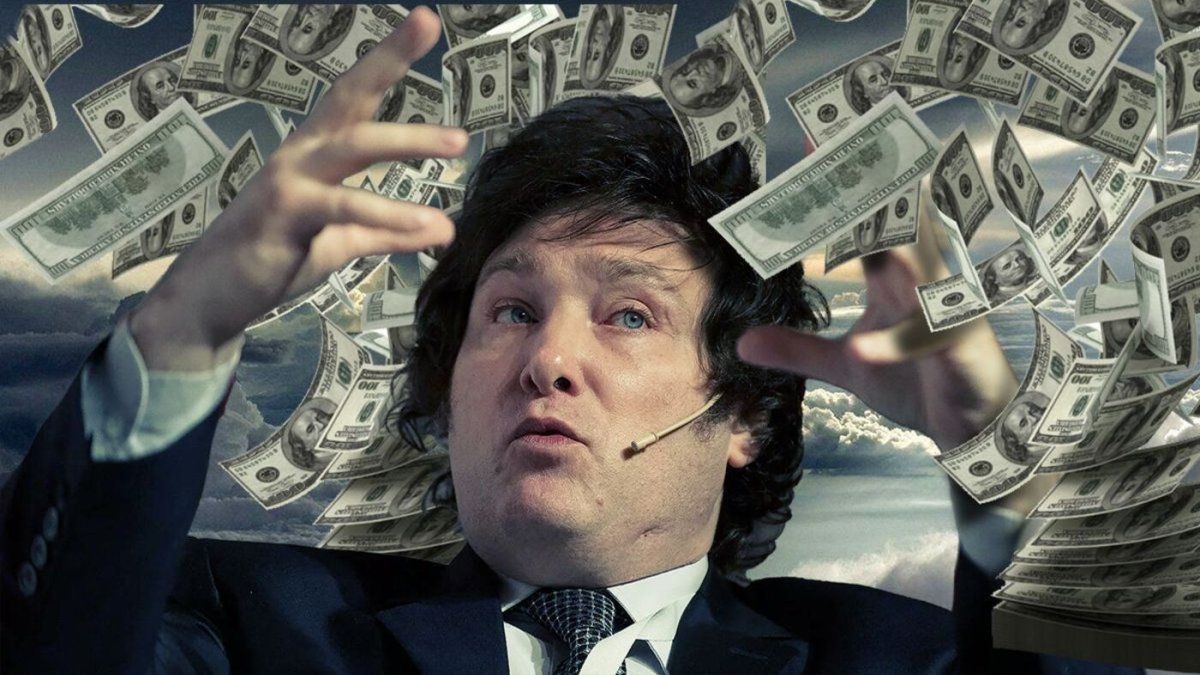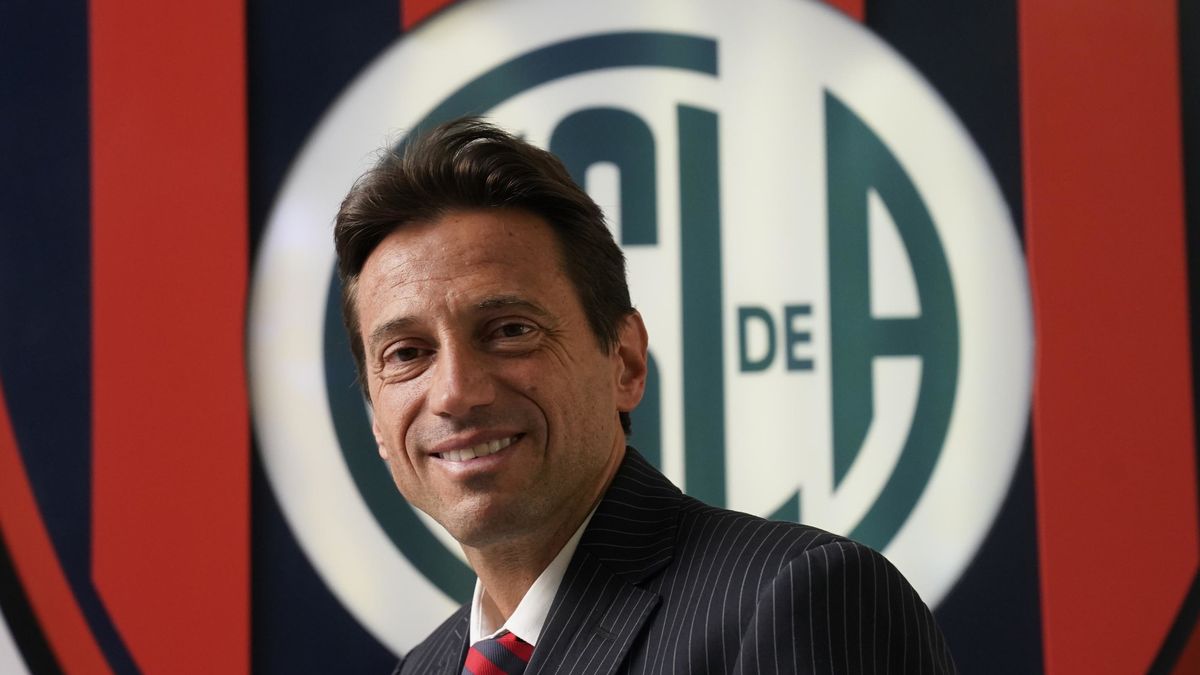This would be an unusually large tightening last seen in May 2000. For the coming months, investors are expecting a series of further strong increases with which the Fed would like to curb inflation. In addition, the Fed is likely to start reducing its balance sheet, which was massively inflated by bond purchases during the corona pandemic: “The high inflation, recently over 8 percent leaves her no choice,” says capital market expert Jürgen Callies from asset manager Meag.
The fact that the US economy surprisingly slacked off at the beginning of the year and shrank by 1.4 percent is unlikely to stop the central bank in Washington. The course of the Fed is tied down, explains chief economist Thomas Gitzel from the Liechtenstein-based VP Bank: “The US monetary authorities have declared war on inflation.” Now “the next two rocket stages” would soon be ignited. He is alluding to the thrust of the hike planned by the Fed, which is likely to catapult interest rates by 50 basis points to the new level of 0.75 to 1.00 percent in one fell swoop. Normally, the currency watchdogs leave it at increases of 25 basis points.
The Open Market Committee (FOMC), which is responsible for monetary policy, is reacting to the rapidly rising prices in the country with the turnaround in interest rates that was initiated in mid-March. The US inflation rate reached 8.5 percent in March, the highest level in more than 40 years, which is reducing the purchasing power of consumers. The Fed is therefore under pressure to tighten the reins further. Experts are eagerly awaiting what Powell has to say about monetary policy following the rate decision: “With just over seven months to go until the last Fed meeting this year, we’re eager for any indication of where the FOMC is headed by the end of the year,” says Ellen Gaske, senior economist at asset manager PGIM.
She points out that a 50 basis point hike in interest rates on Wednesday is already a foregone conclusion for the market. Two further hikes of 50 basis points at the meetings in June and July are also anticipated in the courses. Ultimately, the decisive question is how quickly the Fed will raise interest rates to a “neutral level”. This means that interest rate zone with which the central bank neither stimulates nor slows down the economy.
Investors are speculating that an interest rate level of 3.0 to 3.25 percent could be reached by the end of the year. The US currency guard James Bullard even brought 3.5 percent into play. He believes the central bank is “behind the curve” even after the interest rate turnaround has been completed. However, during his much-noted appearance at the International Monetary Fund’s (IMF) spring meeting, Fed Chairman Powell left no doubt about the monetary authorities’ energy: “We are really determined to use our instruments to push back inflation.”
The fight against inflation on the interest rate front is flanked by the planned maneuver to reduce the balance sheet, which has grown to almost nine trillion dollars: “In order to support the tightening, the Fed should decide to expand the bond portfolio – which was increased up until March – to be reduced significantly in the short term,” predicts Helaba economist Patrick Franke.
Fed Chairman Powell has signaled that the meltdown could begin as early as May. At the March meeting, a concrete timetable was also played through: According to this, the government bond holdings could initially be reduced by $60 billion a month and at the same time the stock of mortgage securities (MBS) by $35 billion. “The Fed will therefore collect liquidity of around 90 billion US dollars a month. It would only change course if private consumption were to be hit harder,” predicts VP chief economist Gitzel.
Source: Nachrichten




